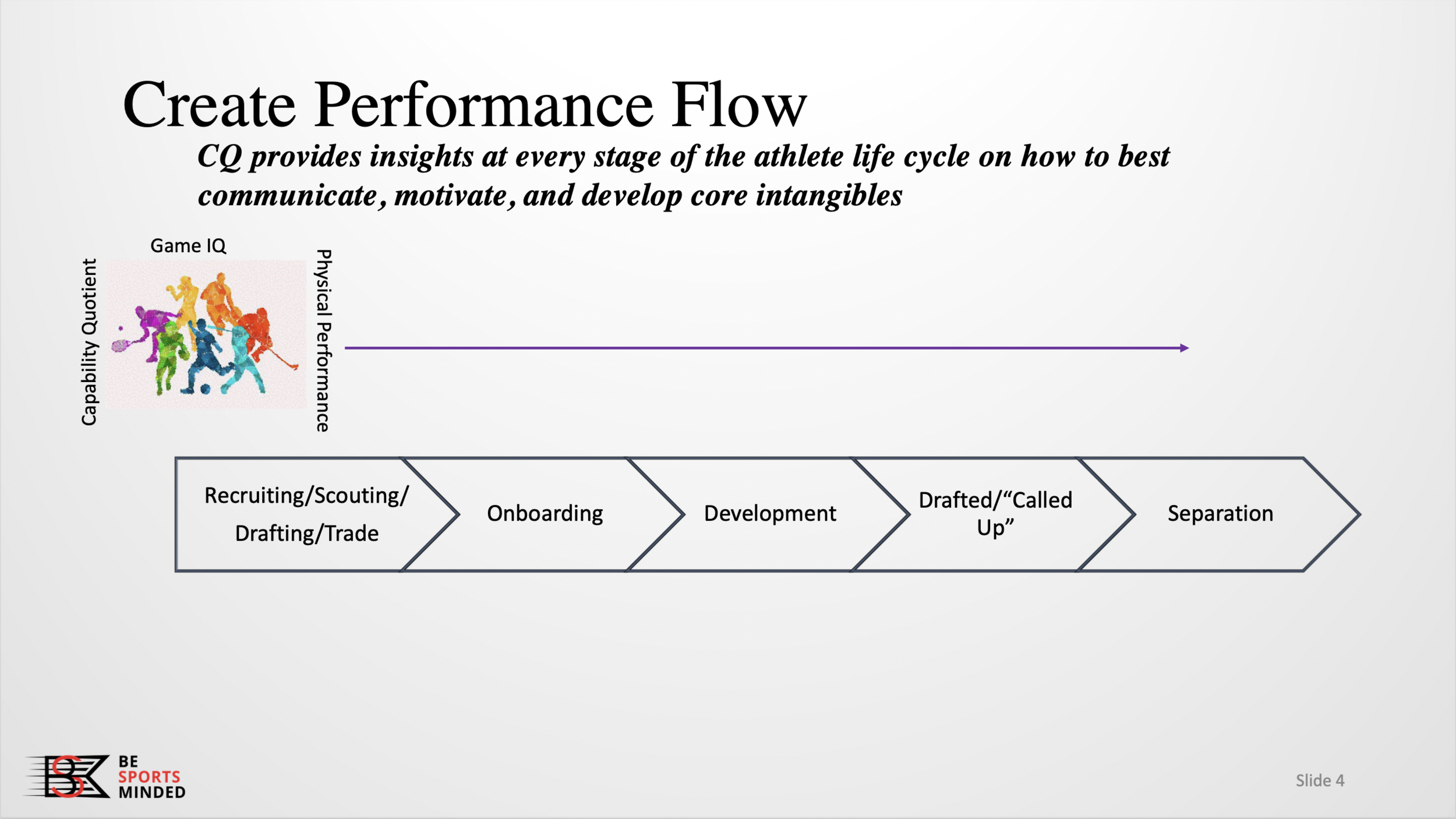Part 1 identified the important distinction between deviant behavior and mental illness. I introduced “trust” as a symbol for a person’s (in this context, athlete’s) biological and social influences composition in their psychological profile. Trust can be measured using CQ. The psychology behind the proprietary Be Sports Minded ML algorithm offers concise insights on trust and the framework of self-coherence (how one incorporates mental models, habits, and environment).
One definition of self-coherence = predictability + acceptance + competence. Combining these individual characteristics yield trust, control, and status (or self-esteem), which closely align with the competence, autonomy, relatedness (CAR) self-determination model presented by Deci and Ryan; promoting intrinsic motivation, social development, and well-being. Self-coherence reflects how a person/player trusts their habits, their mental models, their environment; the degree they feel in control of their habits, their mental models, their environment; and their perception of status as an output of their habits, mental models, and their environment. Therefore, the greater sense of predictability, acceptance, and competence, the greater feeling of trust, control, and status one experiences. Authentic experience(s) generates “feeling in your element,” “flow,” “playing free.”
For all the intangibles organizations look for in athletes, it all adds up to how do we best assess and trust the integration of an individual’s self-coherence and self-motivation (ability to push through adversity)? Considering people are complex adaptive systems, it’s necessary to understand and better predict the direction and tendencies of “the system” (cognition, emotion, personality development). Realistically, we are not going to start connecting individuals to machines or frequently collect neuro data. Also, sports are in the midst of turning the corner (the very long, wide corner) destigmatizing mental health and working with mental health professionals. What we can do is harness some awesome research across psychology, philosophy, sociology and apply machine learning. Where do we start? At the beginning and at the end with personality, the building blocks of attributes that combine with experiences and feedback to shape the self-coherence and self-motivation integration and identify its durability.
CQ’s machine learning algorithm eliminates the need to give athletes any assessment. The reports present organizations an opportunity to understand this deeper porous layer of if, why, and how a person can be successful in each environment, and a plan mitigating risk, benefiting the individual and organization. My reporting research has identified specific personality facets which when scored in a certain range trigger a yellow or red flag, strongly suggesting further due diligence on a player. I offer specific follow up questions and details around the information needed to offer suggestions mitigating risk. My role is to provide actionable insights, speed time to decision-making and validate internal reports as well.
Reporting on a player, a coach, a GM, any candidate under consideration, has a life cycle. Consider the typical 6 stages of an employee life cycle: attraction, recruitment, onboarding, retention, development, and separation. Parallel stages in sports would be scouting, recruiting/drafting, onboarding, development, and separation. Retention is the equivalent of finding your role and establishing cohesion between player and organization. The individualized information from the CQ reports transitions with a person and can be applied in the scouting/recruiting/drafting phase and throughout the athlete life cycle, within each individual operations department. Drawing on my previous experience in people analytics, I understand how to apply people data internally and offer relevant, simple ways in which to integrate or advance current processes. In turn, staff can cultivate and upskill their capabilities as well as improve how departments collectively help athletes get 1% better each day. This includes how we engage and communicate with players, create process buy-in, craft small groups for development, etc.
Many of us has a reference to someone who defied the odds, both in a positive and negative way. Part of the goal with CQ is to empower athletes and internal departments, worrying less about labels and more about the foundation and what can threaten/damage or nurture/strengthen those roots. This collaborative engagement ensures cultural integrity, effective, and efficient ways to employ internal/external resources. If we agree there is no silver bullet, and purpose of the reports is not about being 100% on every personality detail, there is strong information important for everyone, which can be combined with internal data and feedback to create a comprehensive system, spotlighting what we need to understand about a player.
